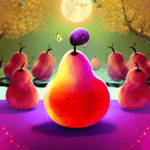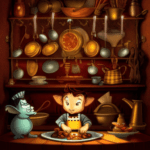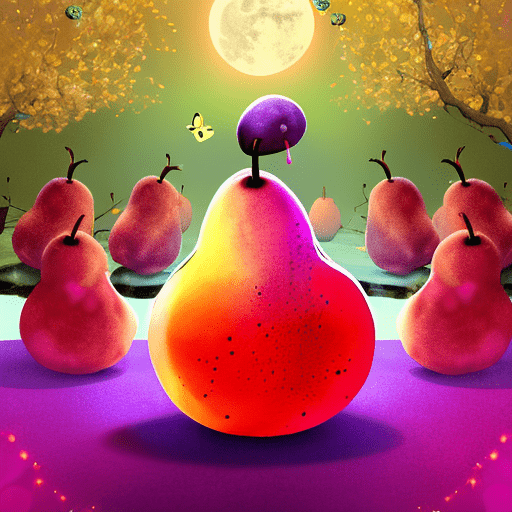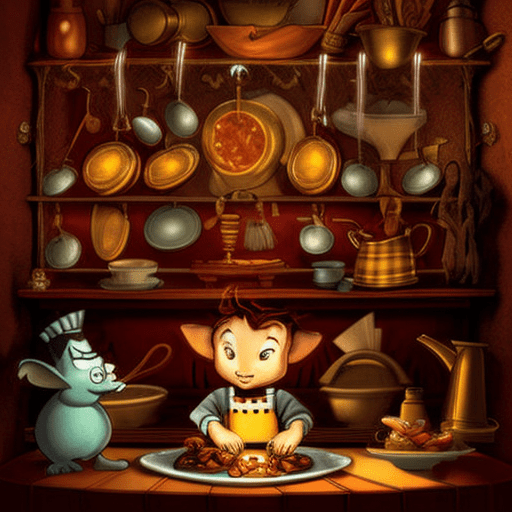One-line summary:
Hand, Hand, Fingers, Thumb is a delightful children’s book that introduces young readers to the joy of rhythm and rhyme while teaching them about the parts of their hands.
Introduction:
Hand, Hand, Fingers, Thumb is a beloved children’s book written by Al Perkins and illustrated by Eric Gurney. First published in 1969, this rhythmic and engaging story has captivated generations of young readers. With its catchy rhymes and lively illustrations, the book not only entertains but also educates children about the different parts of their hands. Let’s dive into the world of monkeys and drums as we explore the key themes of this classic tale.
The Joy of Rhythm and Rhyme:
Hand, Hand, Fingers, Thumb takes readers on a musical journey filled with rhythm and rhyme. From the very first page, the book invites children to tap their feet and clap their hands as they join a group of monkeys playing the drums. The repetitive and catchy phrases, such as “Hand, hand, fingers, thumb, one thumb, one thumb, drumming on a drum,” create a sense of rhythm that children can easily follow and enjoy. Through the power of language and music, the book encourages young readers to engage with the story and participate in the beat.
Exploring the Parts of the Hand:
While the book’s rhythmic elements are undoubtedly captivating, Hand, Hand, Fingers, Thumb also serves as an educational tool for children to learn about the different parts of their hands. As the story unfolds, readers are introduced to various hand-related terms, such as “hand,” “fingers,” “thumb,” and “drum.” The playful illustrations by Eric Gurney vividly depict these body parts, making it easy for children to identify and associate them with the corresponding words. By incorporating both visual and auditory cues, the book effectively reinforces children’s understanding of their own hands and how they can be used for various activities.
The Power of Collaboration:
Another key theme in Hand, Hand, Fingers, Thumb is the importance of collaboration and working together. The story follows a group of monkeys who come together to create music and have fun. Each monkey contributes their own rhythm and beat, demonstrating the value of teamwork and cooperation. Through this simple narrative, children are encouraged to embrace the idea of working together and appreciate the unique contributions each individual brings to a collective effort.
Key Takeaways:
- Hand, Hand, Fingers, Thumb is a rhythmic and engaging children’s book that introduces young readers to the joy of rhythm and rhyme.
- The book educates children about the different parts of their hands, such as the hand, fingers, and thumb, through playful illustrations and repetitive phrases.
- Hand, Hand, Fingers, Thumb emphasizes the power of collaboration and working together, as demonstrated by the group of monkeys playing the drums.
“Hand, hand, fingers, thumb, one thumb, one thumb, drumming on a drum.”
In conclusion, Hand, Hand, Fingers, Thumb is a timeless children’s book that combines the joy of rhythm and rhyme with educational content. Through its playful storytelling and lively illustrations, the book introduces young readers to the parts of their hands while encouraging them to embrace collaboration and teamwork. Whether it’s tapping their feet or clapping their hands, children will undoubtedly find delight in the rhythmic journey of Hand, Hand, Fingers, Thumb.












